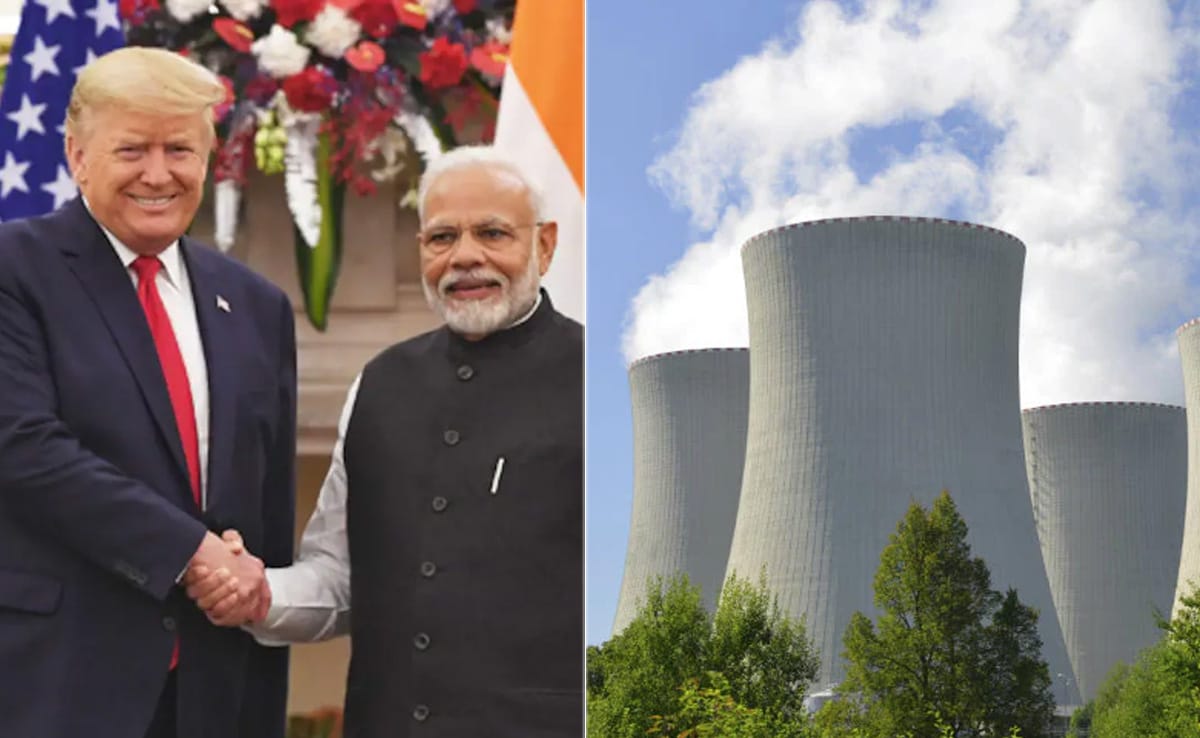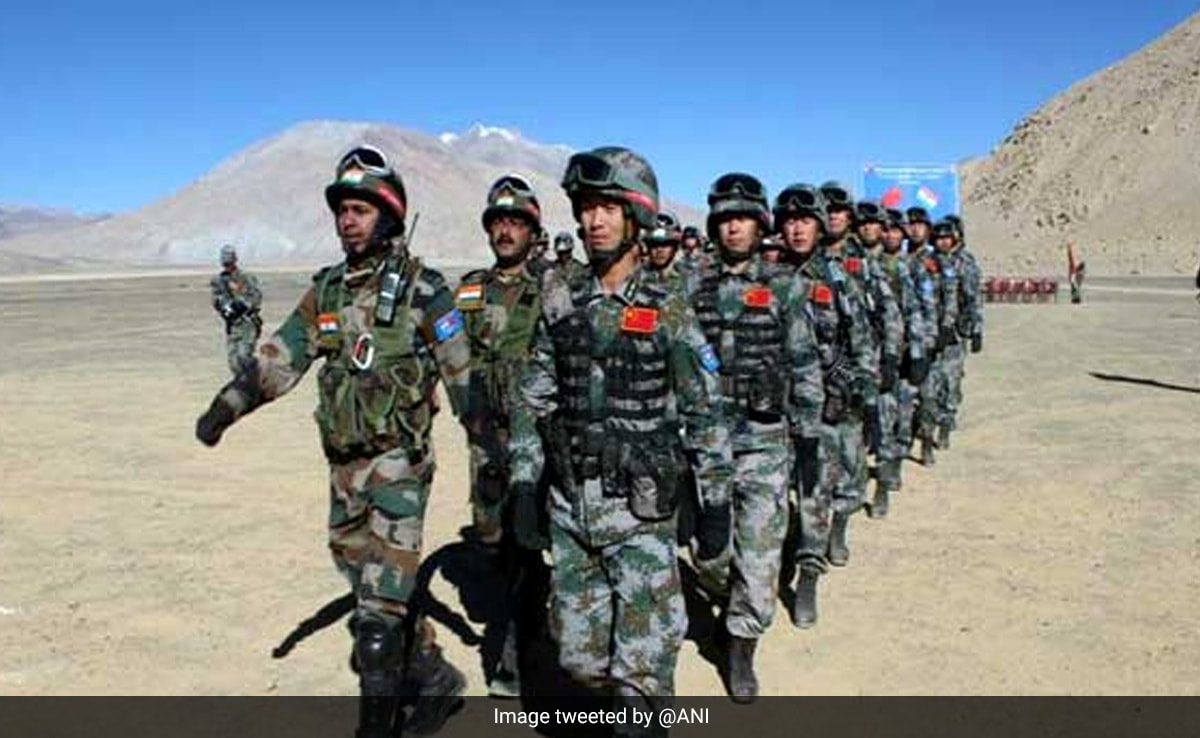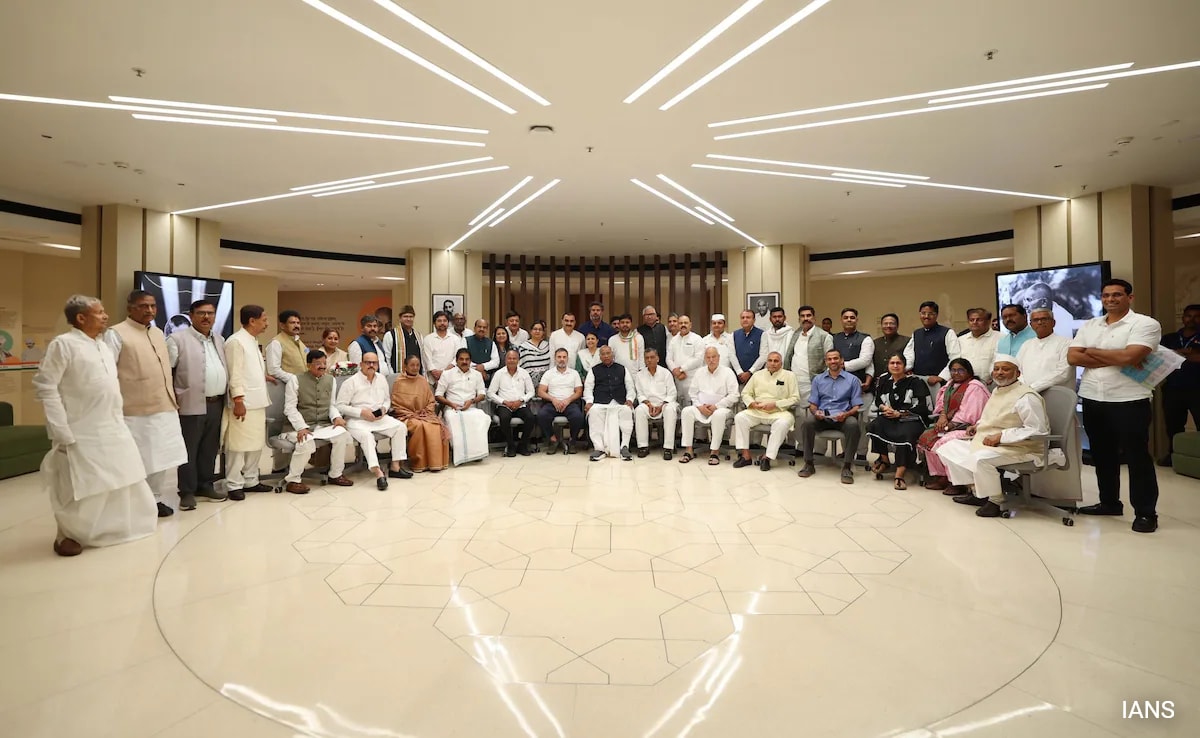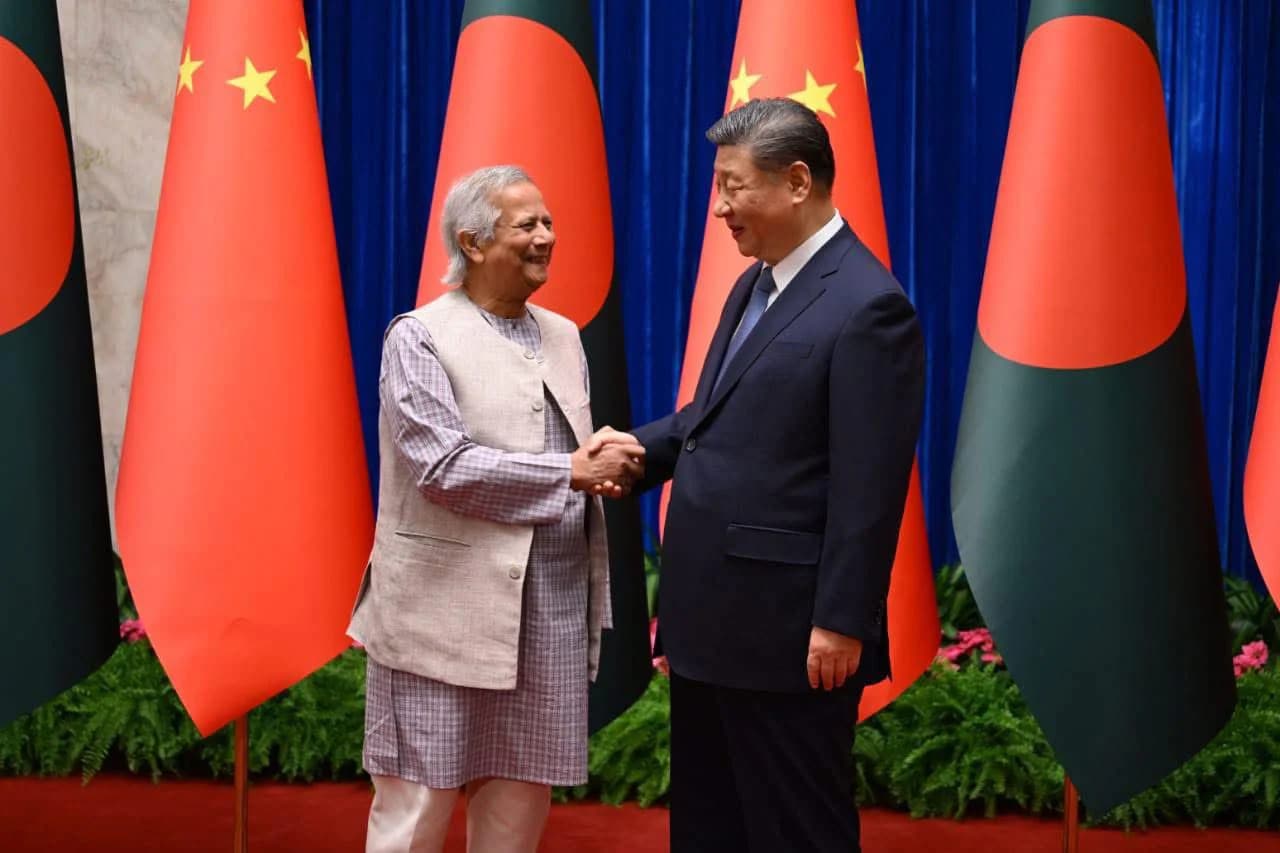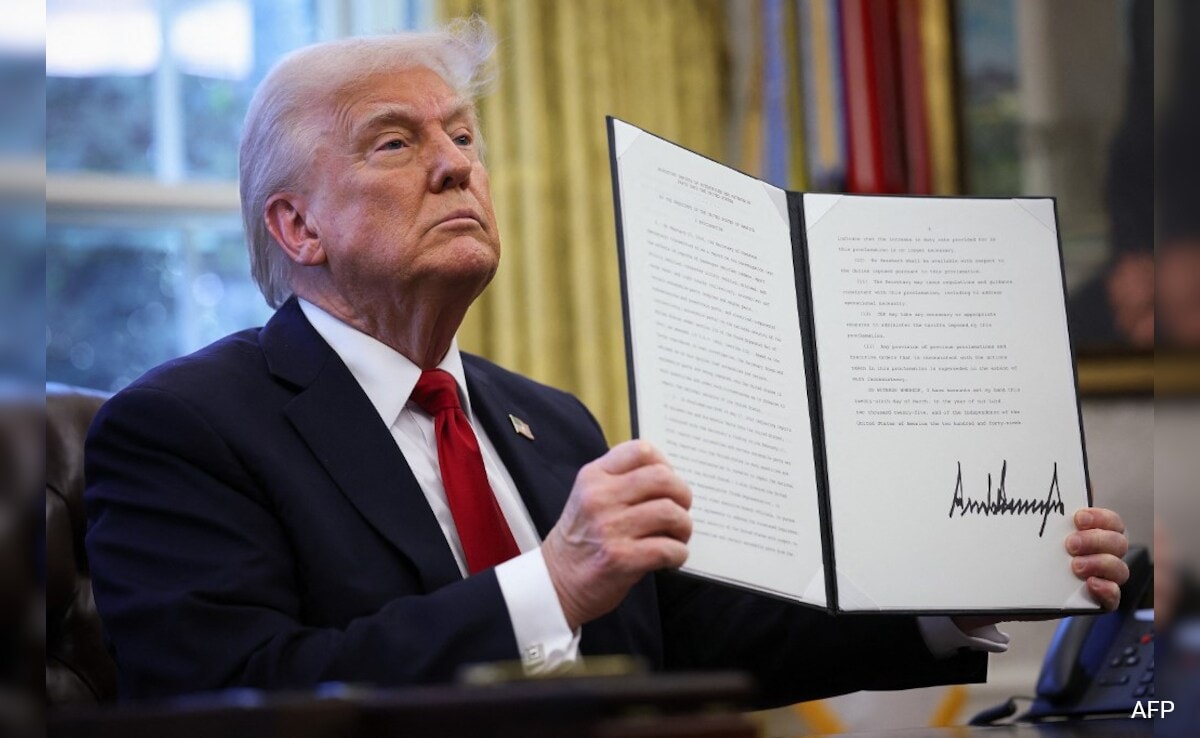In a landmark moment for the India-US civil nuclear deal, which was signed two decades ago, the US’ Department of Energy or DoE has given the final approval permitting a US company to jointly design and build nuclear power plants in India.
Though the overall framework of the India-US civil nuclear agreement was signed back in 2007 by then prime minister Manmohan Singh and then US president George W Bush, it has taken nearly 20 years of negotiation, detailed discussions, legal and regulatory clearances, technology permits, liability clauses, and fine-tuning of blueprints to finally get the green signal to execute plans.
‘BIG WIN’ FOR INDIAN DIPLOMACY
Till now, under the India-US civil nuclear deal, US firms could export nuclear reactors and equipment to India, but forbid them from any design work or manufacturing of nuclear equipment in India. New Delhi had remained firm that everything – from design, manufacturing, and transfer of technology – had to be done in India. Successive governments stood firm by this. Now, after many years, and Russia gaining ground, US has agreed to the terms set by New Delhi. US and Indian firms will now jointly manufacture Small Modular Reactors or SMRs and co-produce all its components and parts as well. This is being seen as a big win for Indian diplomacy. The approval was given on March 26, 2025.
However, the US has set one condition – that these jointly-designed and manufactured nuclear power plants “will not be re-transferred to any other entity or end user in India or to other countries except the United States without the prior written consent of the Government of the United States.”
The commercial potential for civil nuclear energy in India is massive, the US government said, as the Department of Energy approved Holtec International’s proposal to be granted specific authorisation with respect to restrictive regulations.
The regulation which got the approval was the 10CFR810 – which is part 810 of title 10 of the Code of Federal Regulations of the US Atomic Energy Act, 1954. It pertains to the DoE’s “statutory responsibility for authorizing the transfer of unclassified nuclear technology and assistance to foreign atomic energy activities within the United States or abroad.”
Based on Holtec International’s application, the authorization permits the company to transfer “unclassified small modular reactor (SMR) technology” to three Indian firms. These include:
- Larsen & Toubro Limited
- Tata Consulting Engineers Ltd
- Holtec’s regional subsidiary Holtec Asia.
HOLTEC INTERNATIONAL – A GLOBAL LEADER
US-based Holtec International, a global energy firm, is owned and promoted by Indian-American entrepreneur Krishna P Singh. Its fully-owned Asia subsidiary – Holtec Asia – has been operating since 2010 and is headquartered in Pune, where it also runs its specialised engineering division. It also has its manufacturing plant in Gujarat’s Dahej, located in Bharuch district.
Holtec is considered one of the world’s biggest exporters of nuclear technology, components, and parts. It is also a global leader in the decommissioning sector, which ensures the safe and environmentally-responsible removal of industrial infrastructure.
Holtec International had also sought approvals for two Indian government-owned firms which provide electricity to the end-users, and a government regulator for ensuring safety norms. These corporations were:
- Nuclear Power Corporation of India Limited or NPCIL
- National Thermal Power Corporation or NTPC
- Atomic Energy Review Board or AERB
The Government of India however, had not provided the required clearances for these state-owned corporations since Holtec had not yet got approval from the US Department of Energy. Now that it has got the nod from the US government, it will likely appeal to the Indian government to grant permits for these key Indian entities.
COMPETITION WITH CHINA
This agreement between Washington and New Delhi, to jointly design and manufacture nuclear power plants in India, as well as its transfer of technology, is being seen as a massive diplomatic achievement. This is because it comes at a time when the Trump Administration is looking to boost manufacturing in the US and heavily promote ‘made-in-USA’ equipment globally. At such a time, nuclear reactors being made in India shows a big gain for India.
The deal is also being seen as a major win for India’s private sector, which will gain specialisation and expertise in designing and manufacturing nuclear power plants – something that till now was only under the domain of government corporations.
India which currently has expertise in smaller nuclear reactors with a capacity of 220MWe PHWR or Pressurised Heavy Water Reactors, will now get technology to build nuclear power plants with more advanced technology of PWRs or Pressurised Water Reactors. Most of the nuclear plants globally run on this technology.
The joint India-US move also comes at a time when China is scaling up its plans to lead globally in the Small Modular Reactor (SMR) space by competitive pricing. Affordable SMRs are a key requirement for the Global South to progress in a cost-effective way, and both India and China are competing with each other in their outreach to the Global South.
